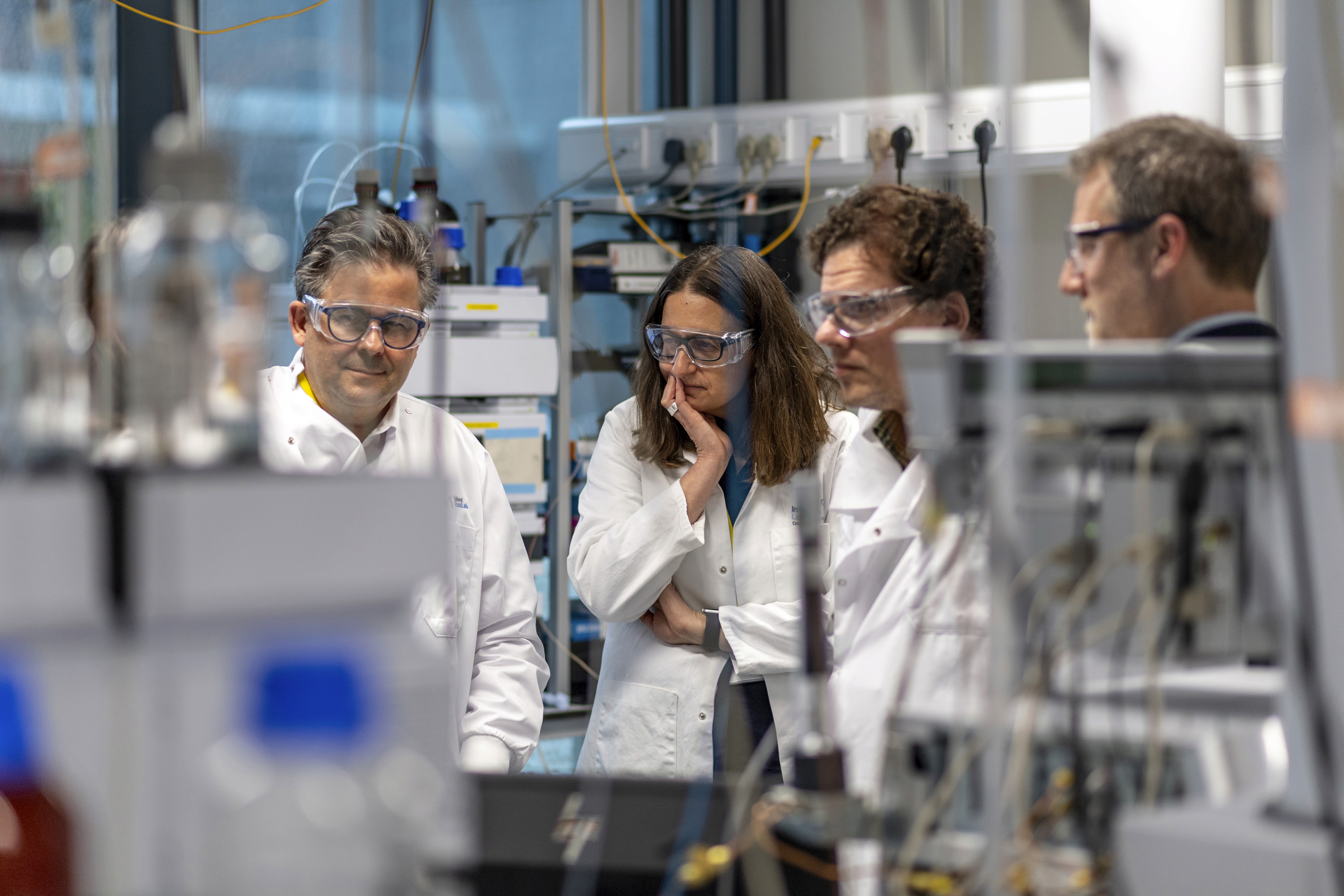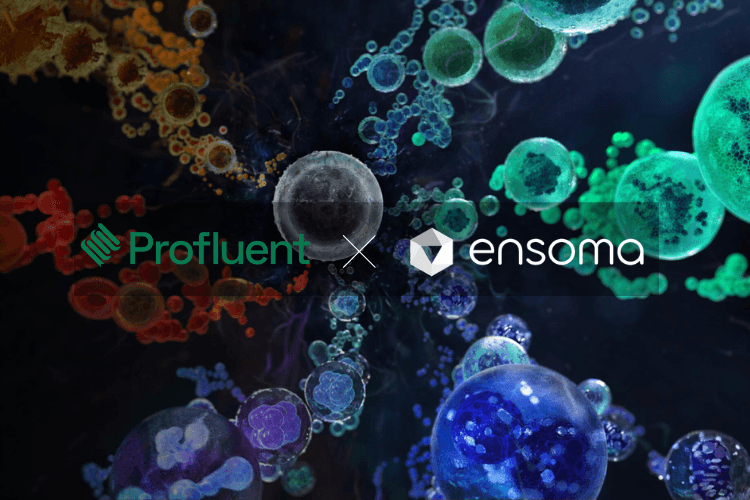Chemicals Materials
Pharma Leaders End Reliance on Endangered Marine Species
Sustainability scorecard names companies championing synthetic alternatives to horseshoe crab blood
May 6, 2025
[Canva]
In a landmark collaboration bridging biotechnology and conservation, the Sustainability Scorecard for Endotoxin Testing will help accelerate the transition to scalable and resilient supply chains that protect both patients and marine life. Every year, more than 1 million horseshoe crabs are harvested for use by the pharmaceutical industry to safety test drugs and vaccines. This practice is a critical problem for threatened horseshoe crabs, the coastal ecosystems where they live, and for patients who rely on injectable medications. 2025 is a critical year for changing all of that.
As of May 1, recent guidelines from the U.S. Pharmacopeia (USP) officially recognize synthetic alternatives to the blood of horseshoe crabs as effective and safe for detecting endotoxins (contaminants) in injectable drugs and vaccines. Synthetic alternatives have been available since 1995. Early pharma leaders, made visible by the Scorecard, are racing to adopt synthetic alternatives and are modeling successful transitions for the industry. The Scorecard was developed by Revive & Restore, the Horseshoe Crab Recovery Coalition, and pharmaceutical companies.
Eli Lilly & Co. and GSK have emerged as industry pioneers in drug safety testing, demonstrating how innovative methods can enhance both pharmaceutical safety and environmental stewardship. Initial Scorecard results also highlight the work of Amgen, AstraZeneca, Moderna, Roche, Novartis, and Bristol Myers Squibb as racing to adopt synthetic alternatives, particularly crucial given the surge in vaccine manufacturing and the popularity of GLP-1 inhibitors for weight loss and diabetes. This industry shift also comes at a critical time for conservation, as escalating demand for traditional testing methods threatens coastal ecosystems along the eastern United States where horseshoe crabs play a vital role.
Recent guidance from the USP Microbiology Expert Committee, made official in May, levels the playing field between traditional and synthetic (recombinant) testing methods, removing the last major barrier to industry-wide adoption. According to the USP, “Endotoxin testing is a critical step in ensuring the quality and safety of many sterile pharmaceutical products. Chapter <86> includes methods that use both recombinant cascade (rCR) and recombinant Factor C (rFC) reagents and provides information for manufacturers to incorporate these reagents into their quality testing. Currently, the methods in Chapter <86> are considered alternatives to Chapter <85> Bacterial Endotoxins Test (BET).”
"We're witnessing the beginning of a pivotal transformation in pharmaceutical manufacturing," said Ryan Phelan, Co-founder and Executive Director of Revive & Restore, a nonprofit advancing biotechnology solutions for wildlife conservation. "Industry leaders are already proving that we can enhance drug safety testing and keep up with growing demand while protecting a species that has survived for 450 million years.”
The Sustainability Scorecard for Endotoxin Testing evaluates companies via survey with a potential total of 100 points. Companies earn sustainability ratings represented by 1-5 horseshoe crabs based on their progress in adopting synthetic alternatives. Scores across the industry will continue to improve as more companies transition to scalable and sustainable supply chains for endotoxin testing.
“These companies are proving that synthetics are a smart and strategic business decision,” said Will Harlan, senior scientist at the Center for Biological Diversity. “Rather than depend on a dwindling supply of imperiled horseshoe crabs, companies are improving the resilience and scalability of their supply chains, as well as improving safety by using synthetics, which are more consistent, cost-efficient, and reliable.”


















